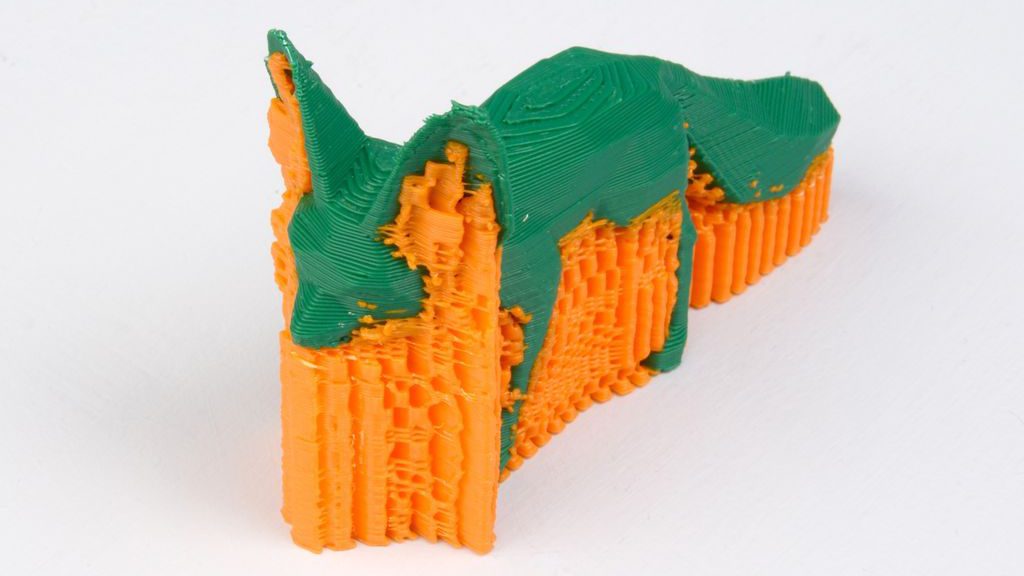

PRINTING TROUBLE PASSWORD
If your printer is supposed to connect via WLAN and it does not get an IP address, make sure that your WLAN is turned on and that the correct network name (SSID) and password are set by the front panel menus of the printer.To access this web interface, enter the IP address of the printer into the address or URL line of a web browser. To change the printer's configuration either use the printer's front panel menus or the printer's web configuration interface.Many routers you can configure that the printer always gets the same IP and you can also assign a host name. You can also find the printer's IP address via the configuration web interface of your router.This gives information about the IP address of the printer and about the protocols it supports ( JetDirect/AppSocket, LPD, IPP, SMB/Windows. In the case of a WLAN (wireless) printer the printer needs to be configured to use your wireless network.Ĭheck the printer's configuration by printing a configuration page via the printer's front panel menus. Make sure the printer is turned on and connected to your network.Note that problems can be caused not only by CUPS, but also by the kernel (package "linux"), HPLIP (package "hplip"), and several third-party printer drivers. Run the parallel port CUPS backend separately, once with standard user privileges and once as root: $ sudo cat /proc/sys/dev/parport/parport*/autoprobe* Open a terminal/console and check if the lp, ppdev, and parport_pc kernel modules are loaded:Ĭheck if the kernel detected the parallel port during bootup:Ĭheck if the device files of the parallel port(s) are created and have the correct permissions and ownerships:Ĭheck if the printer auto-detection result appears in the kernel's virtual file system: Note that problems cannot only caused by CUPS but also by the kernel (package "linux"), libusb, HPLIP (package "hplip"), and several third-party printer drivers. Attach the output of the above commands to the bug report.)įind out if your printer gets detected by CUPS: The numbers must be supplied with three digits, zero-padded from the left, like "008:015". Replace "" and "" by the bus and device numbers from the "lsusb" output (not vendor and product ID). Please re-run this command if needed.Ĭheck whether the device files for the printer get created and the ownerships ("root lp") and permissions (non-HP: "crw-rw-r-", HP: "crw-rw-r-+") correctly set:ĭetermine the printer's device ID strings:Īnd choose the printer with the problem from the text menu, then copy the "deviceid" entry from the output (can be several lines).įor HP printers: Check that you have the latest version of HPLIP and whether HPLIP connects to them:


Note: The USB bus and device addresses change if you turn off or unplug the printer. Reconnect the USB printer cable, you should see some messages appearing.Ĭheck whether the printer gets correctly detected by the USB subsystem and determine its USB vendor/product IDs and the USB bus and device addresses:.

Unplug the USB printer cable from your computer and enter this command: Open a terminal/console and check if the usb kernel modules are loaded:


 0 kommentar(er)
0 kommentar(er)
